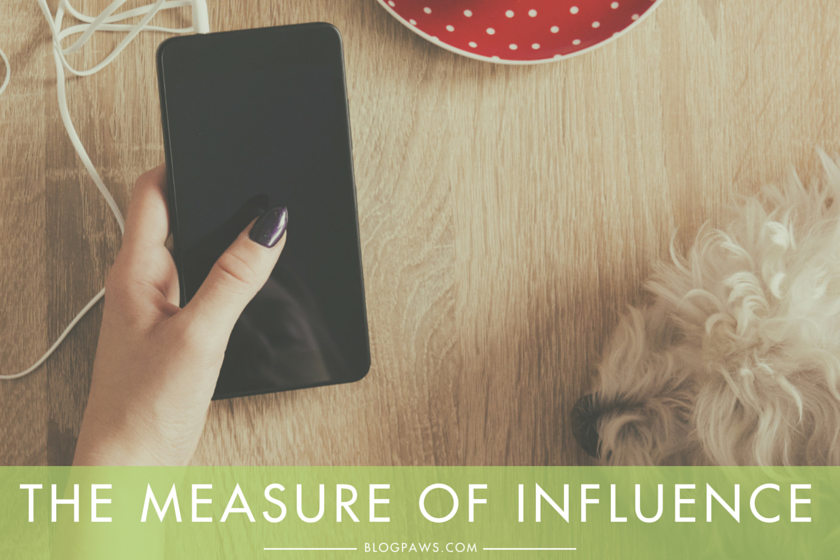What is the Measure of Influence?
What is the value of a blog post? A social share? A comment reply?
There are two measures: the hard data of numbers (followers, page views, etc.) and the soft data of engagement. Both are vital elements in determining the success of an influencer campaign, but how do marketers measure individual blogger’s data?
I had the opportunity to attend a webinar hosted by TapInfluence, the platform we use for our influencer campaigns. In it, they presented the results of a year-long case study that asked whether or not an influencer campaign did, in fact, drive sales of a specific product.
(Spoiler alert: It did.)
We’re going to look at this piece more in depth next week, but the foundation of the success of the campaign started with–just as it does in our community–the influencer. In short, here’s how they defined their expectations of an influencer: Influencers must be awesome content creators who produce authentic, engaging content, and they must be trusted by their audience.
The bloggers selected for the case study were chosen based on engagement (that soft data piece that also includes things like performance, meeting deadlines, engagement, and so on) rather than just numbers.
This is becoming increasingly important. Searches for the phrase “influencer marketing” grew five times in 2015, in part as a response to Ad Block.
Brands and marketers need to find better ways to reach their audience, and TapInfluence, through this case study, showed that working with influencers is a way to do that by answering that measurement question. They showed that top influencers drove more sales because, for one thing, they had true engagement with their audience because of their fantastic content.
Influence is measured by more than just numbers, though numbers do matter. (Join the #BoostYourBlog10k challenge if you want to work hard to increase yours!) But my key takeaway that, I think, is motivating: Performance is becoming the “new” metric to determine effectiveness. The emphasis is on creating quality content to stay competitive in the influencer market.
It’s all about quality content. In the coming weeks, we’re going to look at this closely: What exactly is an influencer? How do these campaigns work at BlogPaws? And how can we, as influencers, create evergreen sponsored content to provide long-term value to the brands we work with?
Bottom line: Creators must engage and amplify the brand’s message.
What questions do you have about the measure of influence? What would you like to learn in the coming weeks about influencer marketing?
Maggie Marton serves as the BlogPaws senior editor. When not hiking with her two pit mixes, Emmett and Cooper, or playing with Newt the Cat, Maggie writes about them (and the pet industry) at ohmydogblog.com and maggiemarton.com.
Images: Blend Images/Shutterstock.com and Kitja-Kitja/Shutterstock.com






